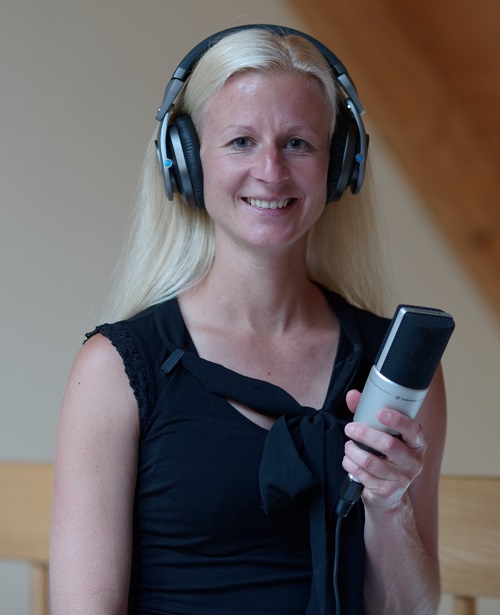Anke Ziethe, PhD | University Hospital Erlangen

Dr. Anke Ziethe received the inaugural NSDA Award at the 2019 Voice Foundation Symposium in Philadelphia, PA. She is from the Department of Phoniatrics and Pediatric Audiology in ENT Clinic at the University Hospital Erlangen in Germany. Dr. Ziethe presented her research on “Analysis and Training of Feedback Mechanisms for Phonation and Speech in patients with Muscle Tension Dysphonia (MTD).” In former studies they found that people with muscle tension dysphonia have problems with the kinesthetic feedback mechanism and her work focused on this aspect and contains a training for the disturbed feedback mechanism.
The goal of this training is to improve the feedback mechanisms and to avoid persistence of the voice disorder. About the award Dr. Ziethe said, “By having the opportunity to attend the symposium I came in touch with a lot of interested people with whom I had wonderful and inspiring discussions and I got also input for my study regarding the technique. I was very surprised and happy to get this award. For me it is an honor and I will come back to the symposium with hopefully good results of my developed training and I will present them in the next year’s meeting! ” Below is an abstract of her presentation.
Introduction: The analysis of the processes underlying auditory feedback during phonation and speech can be investigated by the pitch-shift reflex (PSR). The PSR is the adjustment of the pitch during phonation/speech in response to a spontaneous pitch change of the auditory feedback. In former studies we analyzed the PSR in normal voices during phonation and speech. With this study we determined the auditory as well kinesthetic feedback mechanisms of patients with MTD during phonation and speech via the acoustic EEG- and HSE-signal.
Methods: 20 subjects with normal voices and 20 subjects with MTD underwent transnasal HSE (8000fps) during sustained phonation [a] and articulation of the disyllabic word [‘mama]. While phonating or articulating, the auditory feedback was pitched up for 700 cents, lasting 300ms. Voice response pitch changes, event-related potentials and voice onset parameters from the video signal were determined and analyzed. Statistical analyses were applied to compare feedback mechanisms during pitched and un-pitched condition of the phonation paradigm and speech paradigm between both groups.
Results and Conclusion: The results do not show any differences between both groups regarding the latency of the pitch perception (latency of the N100 (EEG), MMN (EEG)) and the latency of the voice response. However, the magnitude of the voice response was significantly different during phonation and speech in comparison with the normal voices (p=.046). A shorter prephonatory process was obvious but without statistical significance. Due to the results, the first version of a training of the auditory and kinesthetic feedback process will be developed and presented.


